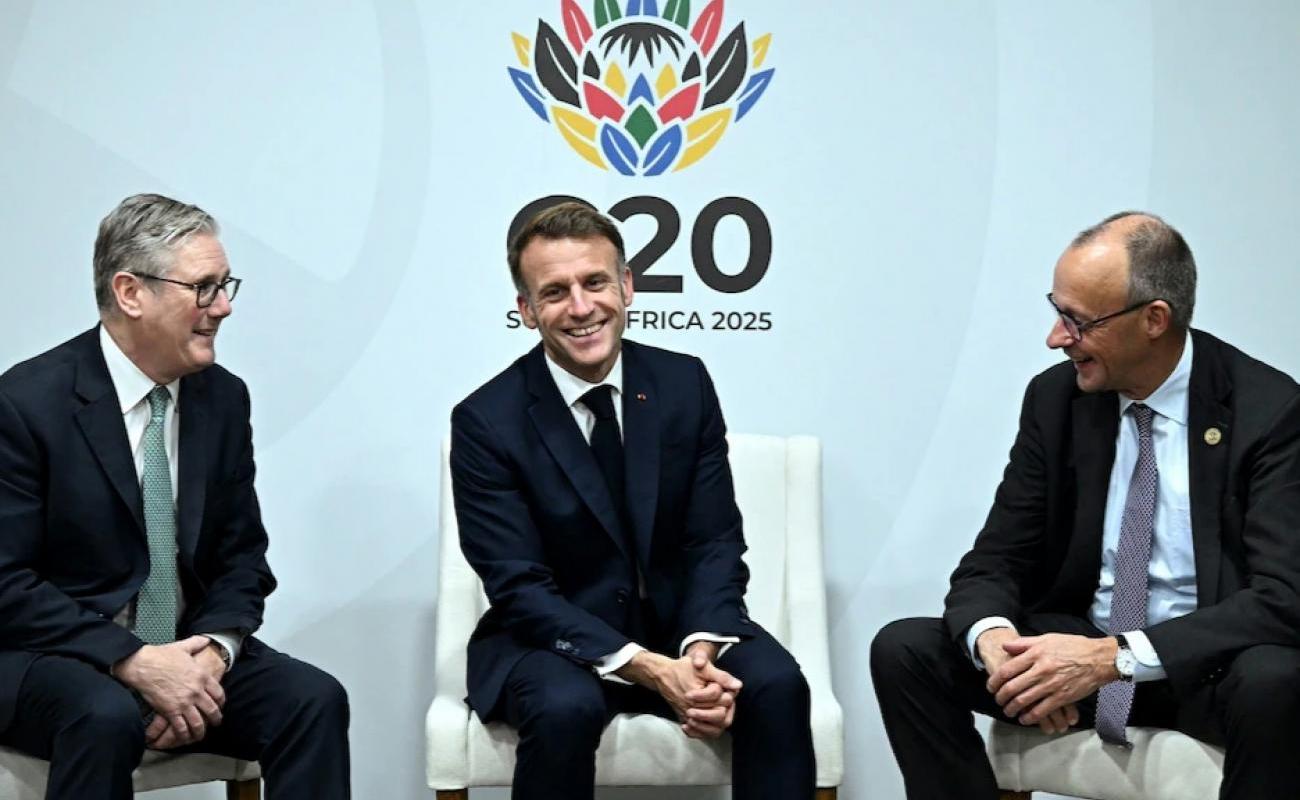Large elements remain the same – even up to the wording of specific clauses – including that Russia would be readmitted to the G7, making it the G8, in the event of a peace deal.
However, Nato membership would remain a possibility for Ukraine, a key point that was barred under the American peace proposal.

